
Marketing Best Practices
The Commercial Real Estate Photography Guide: Pricing, Delivery Time and Planning Tips
If you’ve already started to plan a photography commission for a commercial real estate project you’d want to know how much it would costs and how quickly you can get the photos of your property. We already covered the top tips for planning to shoot your property provided by the leading commercial real estate photographers.
The goal in an architectural shoot is to enhance and present the property in its best light and in a way that the viewer will want to be there.
It requires precision, patience, attention to detail and planning around many pre-existing conditions that have a difficulty to be manipulated like the weather, sun position, human activity or existing lighting conditions.
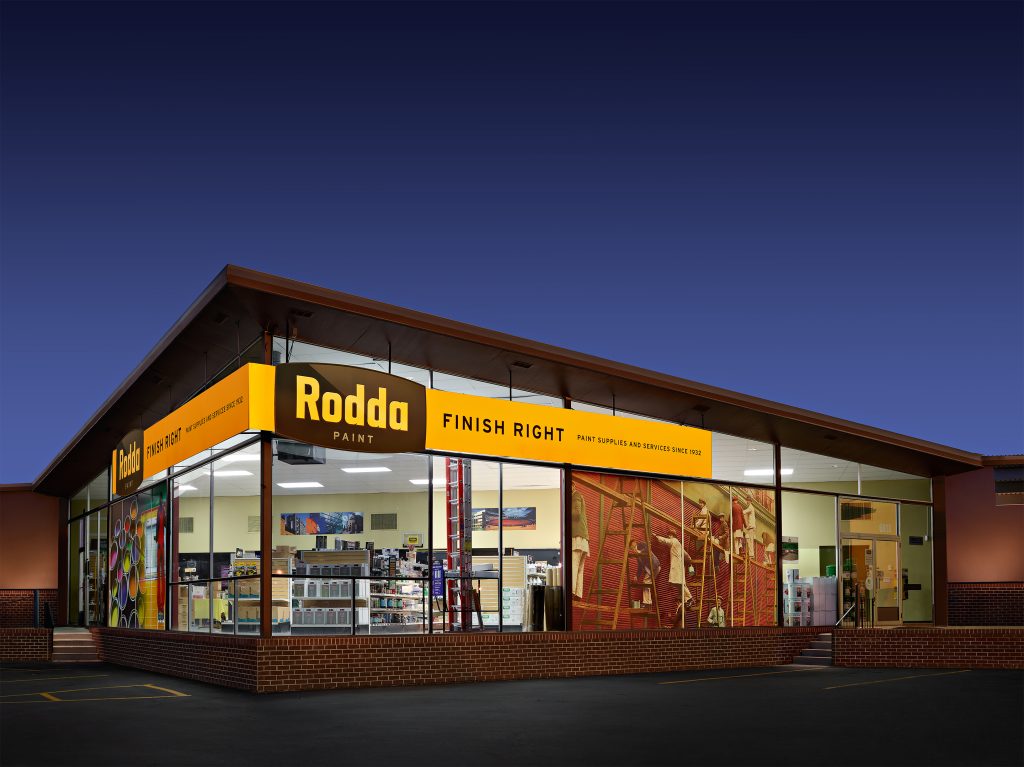
© Tony Roslund Photography
If you’re hiring a professional photographer, have in mind you are paying for their expertise, time and necessary equipment that will add value to your property marketing and crucial assets to feature on your commercial real estate website design.
Photography Prices
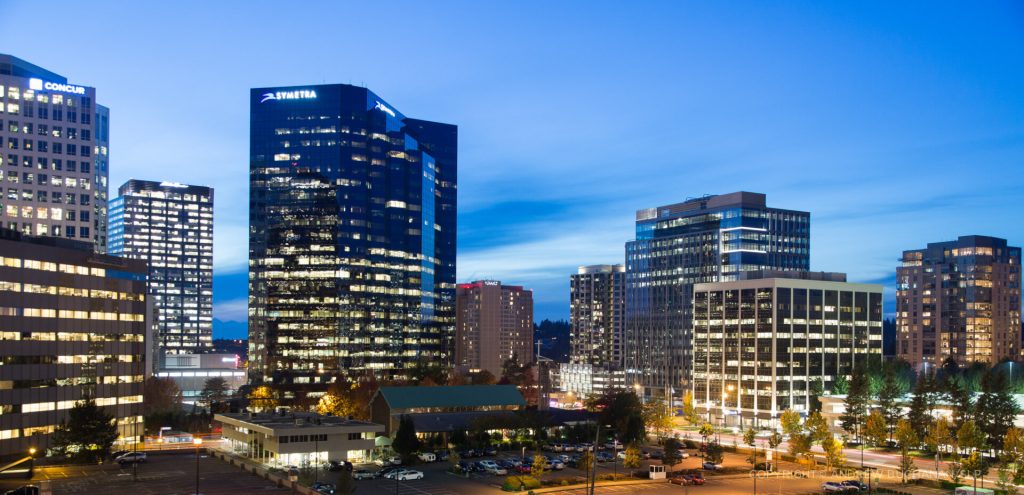
© Andrew Buchanan Photography
As with properties, photography prices vary. Different price range depends on the type of shoot, location, complexity, ease of access to the spaces, the amount of prep work involved, if 3D tour or aerial photography is required, photo quality, number of shots and usage license.
There are usually two types of pricing; per photo and per day.
Photographers might quote anything between $150-$350 for daytime photographs and between $750-$850 for a dusk/twilight photograph.
The rates calculated per day include the required editing and post-production based on the final number of photos. The range for a professional photography shoot can be between $1500 and $15,000 depending on all above mentioned variables.
Here are a few example estimates per different project type:
Mid-rise office building
- Photographer’s Fee: $1250 (includes pre-planning, scouting, one full day of photography including either early morning / dusk exteriors as appropriate, and standard Marketing Use package)
- Digital Production Charges: $550 (includes digital capture, RAW file processing, preview galleries, final high-rez file prep and delivery of up to 10 final high-rez, finished TIFF files; delivery also includes image library of every image photographed (after edit) as un-retouched, screen-resolution jpegs suitable for most on-screen uses)
- Other Production Charges: $325 (includes assistant’s charges, expendables, mileage, etc.)
- TOTAL estimate: $2125, including standard Marketing Usage package
Small retail property
A small retail property might not need interior shots at all if the point is to highlight the property’s location and context in the neighbourhood, amenities like parking and landscaping, general level of perceived value, etc.
- Photographer’s Fee: $975 (includes pre-planning, scouting, one partial day of exteriors-only photography, and standard Marketing Use package)
- Digital Production Charges: $375 (includes final high-rez file prep and delivery of up to 5 final high-rez, finished TIFF files; plus an image library of every image photographed (after edit) as un-retouched, screen-resolution jpegs suitable for most on-screen uses)
- Other Production Charges: $35 (includes expendables charge, mileage, etc.)
- TOTAL estimate: $1385, including standard Marketing Usage package
Large 3-building mixed-use development
Given the larger size and the different number and quality of spaces, a photographer might suggest shooting it over the course of two or more days if the budget allows.
- Photographer’s Fee: $2400 (includes pre-planning, scouting, two full day of interior & exterior photography including early morning and dusk exteriors, and standard Marketing Use package)
- Digital Production Charges: $800 (includes final high-rez file prep and delivery of up to 15 final high-rez, finished TIFF files; plus an image library of every image photographed (after edit) as un-retouched, screen-resolution jpegs suitable for most on-screen uses)
- Other Production Charges: $350 (includes assistant’s charges, expendables, mileage, etc.)
- TOTAL estimate: $3550, including standard Marketing Usage package
Delivery time
The delivery time depends on the complexity and the number of photos captured. Turnaround time can vary depending on the amount of post-processing.
An architectural job would require 1-2 weeks of delivery time and real estate projects can be turned around in 1-3 business days for the first web gallery selection and then 2-3 more days for final delivery.
Usage license
The license is an agreement between the client and the photographer for the usage rights that have been granted for a given project similar to license as a lease and the usage rights as the terms of that lease.
Photography is a creative business and professional photographers are paid based on their skills to create impressive and eye-grabbing imagery for clients to market their properties. This means that photography commissions are considered intellectual property of the photographer.
So, the final photographs are not actual owned by the client, but rather licensed depending on the usage.
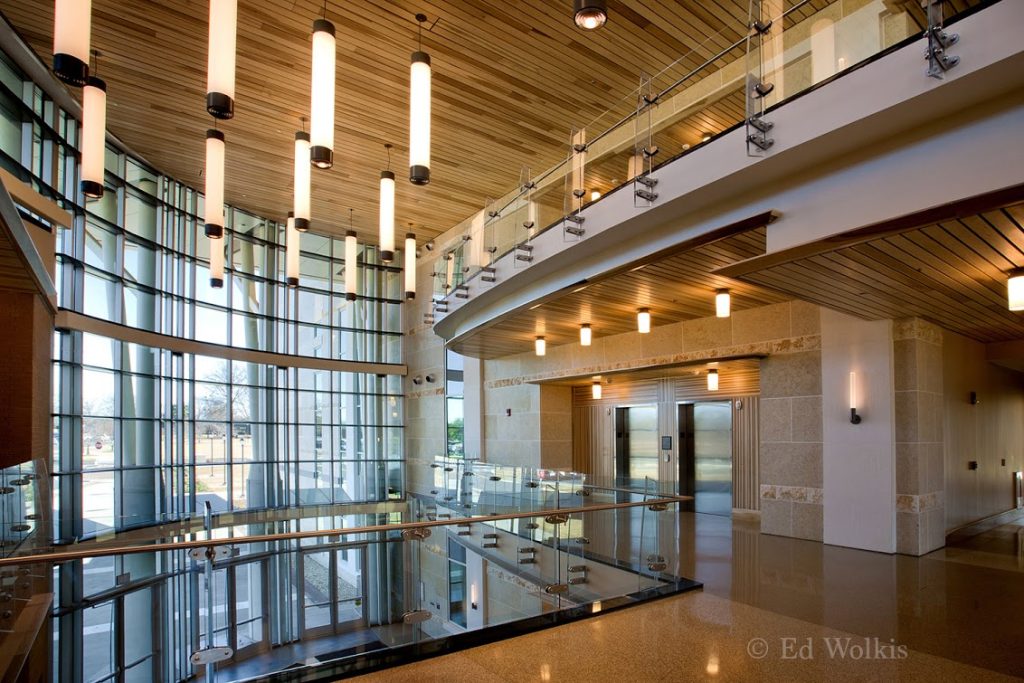
© Ed Wolkis Photography
For commercial real estate photography the usage is generally property marketing on the CIMLS, property websites, collateral materials, and other similar resources.
If the building is shot for architects/designers, the usage could be for competition, portfolio, and RFP responses and any use outside of those scopes requires additional licensing.
Most photographer’s fees will include a standard marketing usage agreement that includes most of the common marketing uses for images, but any additional usage not included will be charged extra, so you need to make sure everything is agreed and signed in writing to avoid any uncertainties and conflicts.
What does the photography process look like?
We asked a few select photographers to describe how they approach the job and what the client should expect from the photography project.
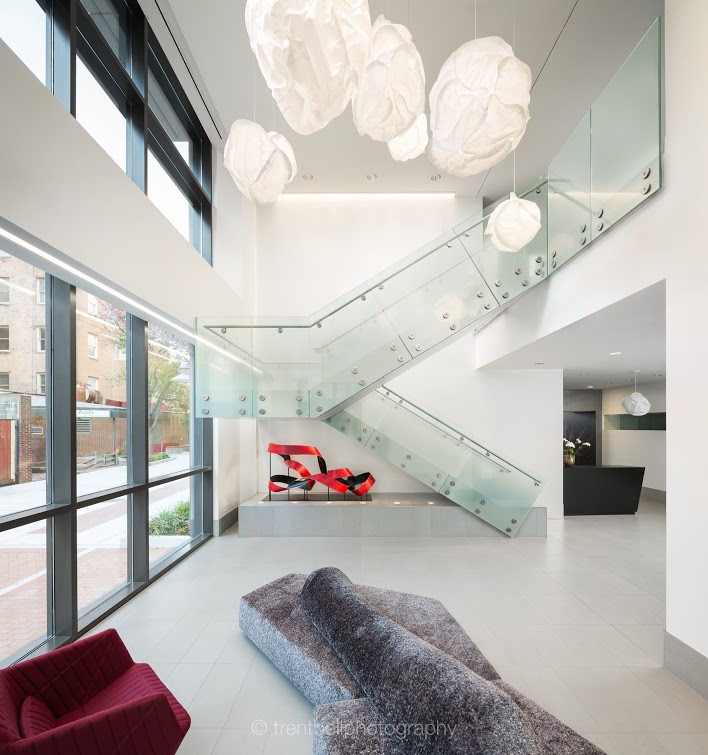
Honestly…expensive and beautiful. If you hire someone who is passionate and knows what they are doing and who delivers reliable and inspiring imagery they will be expensive and you will get beautiful results. You as a client will only need to listen to your hired professional and do what they ask.
When I get an assignment, I will ask the client for information regarding the type of property, the purpose of the photos, how many photos are expected, how much propping and styling will be required, will there be people in the photos, the location, and the timeframe. It is great if the client can supply some general photos to give me an idea of what the property looks like, or sometimes I will scout the location beforehand. When I am doing the photography, I will bring a laptop with me, so that the client and I can look at the images and make adjustments before doing the finals.
Typically, a client reaches out with a broad sense of what they are looking for in terms of photography. I then help the client flush out a shot list and come up with an approximate number of finish photos they’d be looking for. I’m often working with brokers and marketing teams to achieve a cost/benefit balance. The quote is then sent for approval. I use TAVE for accounting; this allows the client to book and sign the contract online simplifying process greatly. Once the job is booked, I’m often in contact with the building manager to schedule the shoot. Here in Chicago, we often have to wait a couple days for the weather to cooperate. Once the shoot takes place, I typically turn around watermarked proofs in 48 hours. Decisive clients might respond with their selections in a single business day, while other clients might take a week or even longer. Once the client makes their selections, I will do the full post-processing on the images – again typically turning over the images in 1-2 business days.
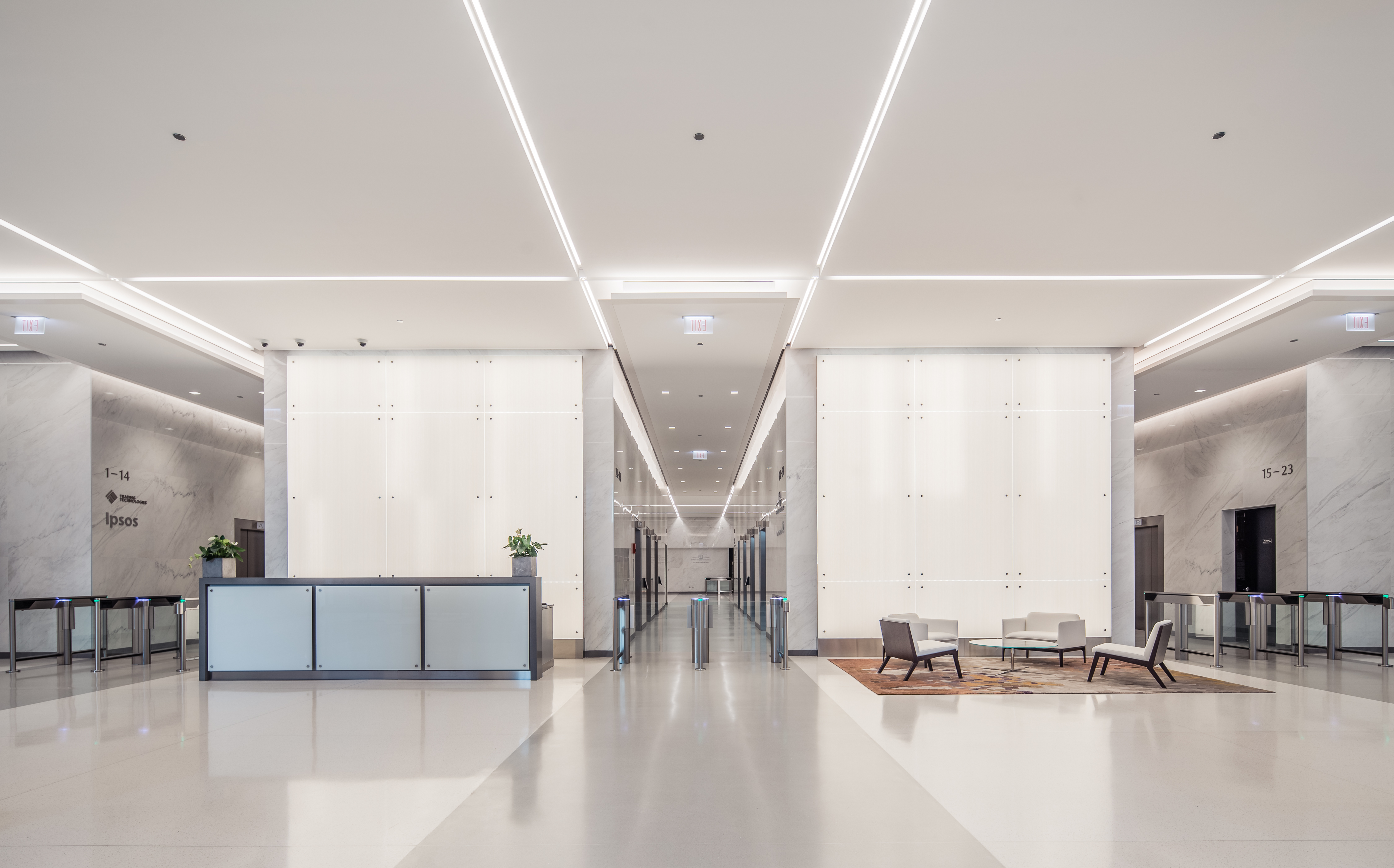
Generally we start with a scout of the property, to know what we’re up against. This helps identify any challenges that may be present during the actual photo shoot and help us move more efficiently. We typically allow for up to an hour per image to include time for composition, staging, and lighting. Staging doesn’t have to involve adding furniture or other items, but moving existing furniture around, levelling blinds, turning on/off lights, etc can all take time. Finally we need to light the scene, we want to draw attention to the details of the space by highlighting certain areas. We want to keep the viewer’s eye moving through the photo by creating a flow of highlight/shadow areas of the scene.
Once I’ve been contacted and hired by a client, I need some guidance regarding the goal / intent of the photos, how and where they’ll be used, and any specific shots they’re hoping to come away with. Next, I need help contacting and coordinating with building management, either a property manager or a tenant / occupancy coordinator, in order to gain access and permissions, reserve common areas, coordinate with tenants as necessary, and schedule the shoot day(s). Finally, once the photography’s done I’ll take a few days to edit down what’s usually hundreds of images into a more manageable number, process and retouch them, and then post them in a web gallery for client review. At that point, my client needs to make some choices based on their needs, and then I can deliver final images within another few days, or sooner depending on urgency.
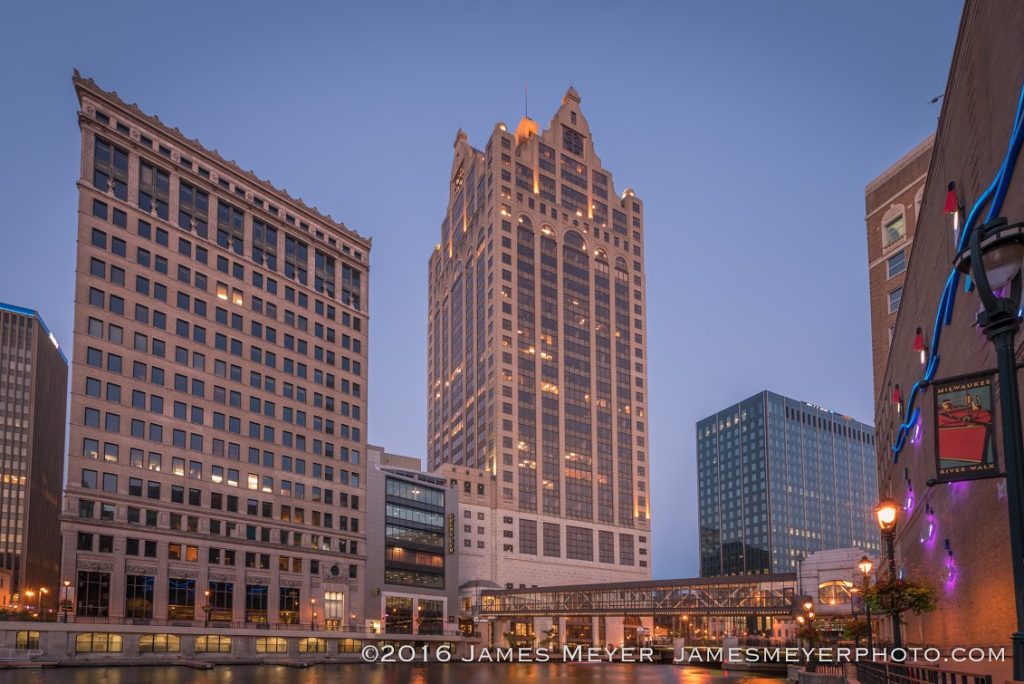
My clients enjoy an extremely simple process. They contact me with a “shoot”, we agree to a date and time. If there is something unique about the property we discuss or they send me a “shoot list” otherwise I text them when I arrive at the property and again when I leave the property. They get finished photos shortly after that with an invoice.
Resources to find a commercial real estate photographer
The best way to find a professional commercial real estate photographer is through word of mouth and referrals.
However you can also search for architectural photographers on search engines and on specialized photography resources such as:
- AIAP – The Association of Independent Architectural Photographers whose mission is to promote the professional success of established independent architectural photographers.
- APA National – American Photographic Artists, a non-profit trade organization that provides business tools and creative inspiration which help photographic artists of all levels run a smarter, more creative, and profitable business.
- Found Artists – An online directory for photographers, illustrators and production artists.
- Production Paradise – An internationally acknowledged go-to source for photographers, production companies and advertising creatives
- Wonderful Machine – A production company with a network of over 700 photographers and videographers worldwide.
Further reading:
What is SharpLaunch?
SharpLaunch is an all-in-one CRE marketing platform to help you streamline your marketing efforts and modernize your digital presence.
Related Blog Posts
Company updates
Announcing our New Flyer Design Tool
Say goodbye to the hassle of hiring a designer or struggling with complex design tools...
Marketing Best Practices
9 Essential Deal Room Features Every CRE Professional Needs
Virtual deal rooms have revolutionized how commercial real estate professionals manage...
Marketing Best Practices
6 Key Attributes to Define Your Ideal Customer Profile in Commercial Real Estate
In commercial real estate, success isn’t just about finding customers—it’s about finding the...


